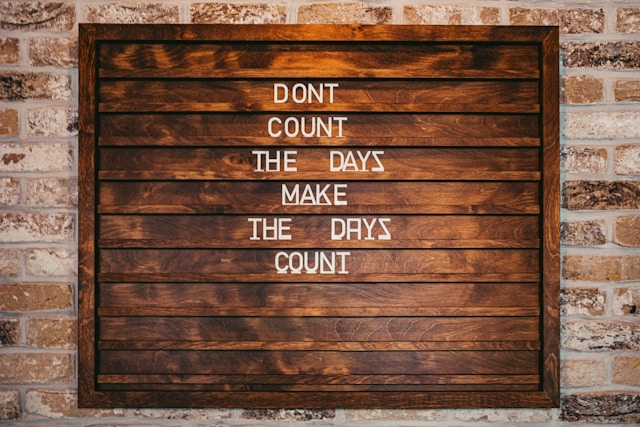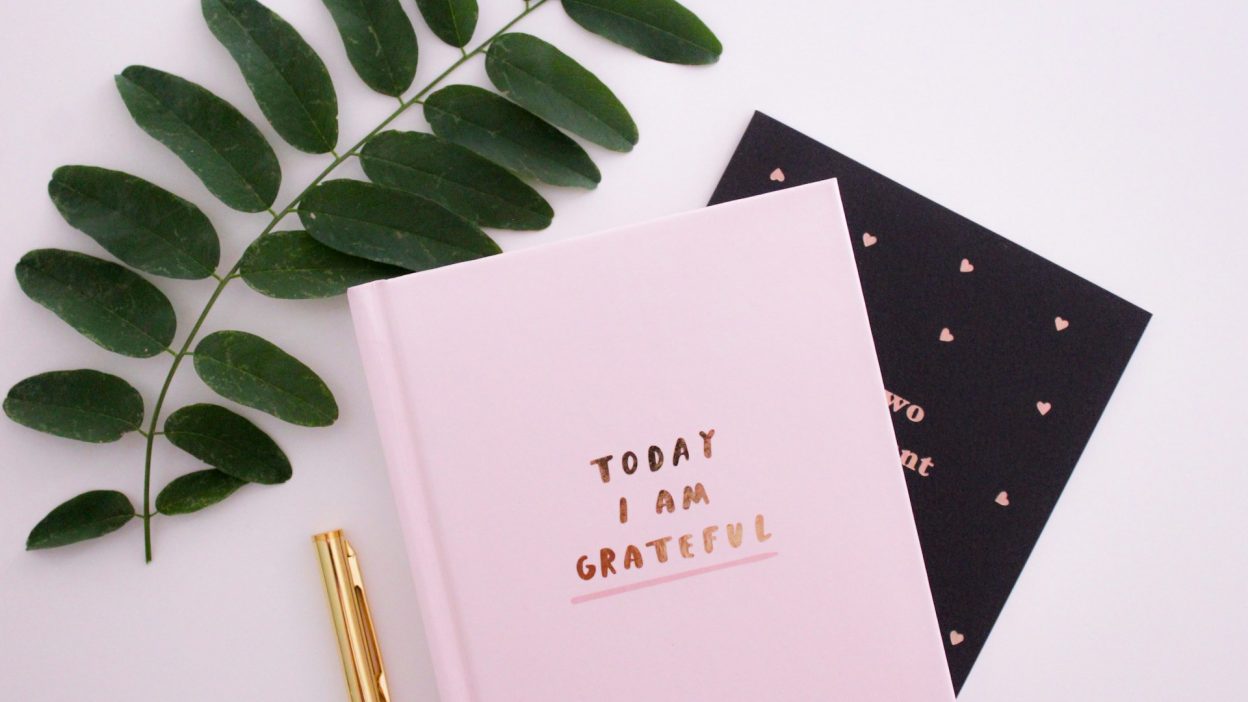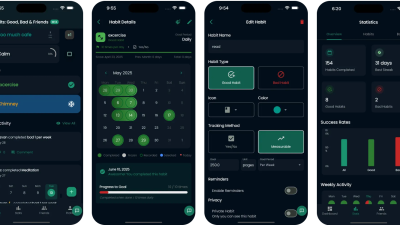- Write down 3 habits that suit your current needs
- Pick visuals that keep you inspired & motivated
- Choose simple layouts to track your progress easily
- Regularly check what works and what doesn’t & adjust
A habit tracker journal is like a roadmap for personal growth. If you’ve ever wondered how to make a habit tracker journal that actually works, you’re in the right place. Let me show you how to set it up so it feels effortless, fun, and truly motivating from day one.

How to Make a Habit Tracer Journal? Start with What Truly Matters
Before you even grab your pen, take a deep breath and think about what you actually want to change. It’s easy to get excited about colors, layouts, and stickers, but your journal won’t mean much unless it reflects your real priorities.
Ask yourself what habits would make your days feel calmer, more focused, or more meaningful. Maybe it’s:
- drinking more water,
- reading daily,
- sticking to a sleep schedule.
When you know what truly matters to you, learning how to make a habit tracker journal becomes a fun and purposeful process, not just a creative project.
The biggest mistake people make is tracking too many habits at once. You don’t need ten goals to feel productive. Three meaningful ones are enough to start.
- Begin with habits that support your well-being or align with your bigger goals.
- Write them down clearly so you can see them daily and stay grounded in what’s important.
Defining your core habits gives your tracker direction, helps you avoid overwhelm, and keeps your progress steady and rewarding.

Make Your Habit Tracker Journal Fun to Look At
When you’re learning how to make a habit tracker journal, visuals are your secret weapon. Colors, icons, and stickers turn routine tracking into something you actually look forward to. Use:
- bright shades for motivation
- calm tones for focus.
Mark your wins with smiley stickers, doodle stars for milestones, or use tiny icons to represent each habit. Visual elements make progress instantly visible and satisfying.
Keep It Simple with Layouts
When you’re figuring out how to make a habit tracker journal, weekly layouts are the perfect place to start. They help you focus on short bursts of progress without feeling overwhelmed by the whole month ahead.
- Draw a simple grid or list your habits along one side, then mark each day you complete them.
- You can use checkmarks, dots, or even colorful highlighters, whatever makes you smile.
Weekly trackers work best for habits that change often or when you’re experimenting with new routines. At the end of each week, review your results and celebrate every little win.
Mix and Match for What Feels Right
Some people prefer tracking a few daily habits weekly while saving their bigger goals for monthly reflection. Experiment until you find the rhythm that feels natural. The magic of learning how to make a habit tracker journal lies in personalizing it.
Combine structure with creativity, consistency with color, and you’ll end up with a system that truly motivates you.

Look Back to Move Forward
When you’re learning how to make a habit tracker journal, don’t think of it only as a progress log. It’s also a mirror showing how your habits shape your days. At the end of each week or month, spend a few minutes reflecting.
- What worked?
- What felt forced?
Maybe you realized morning workouts boost your mood, or that journaling at night helps you sleep better. Reflection turns your tracker from a checklist into a learning tool that helps you grow with awareness, not pressure.
Instead of judging missed boxes, ask yourself why they happened. Were you tired, unmotivated, or simply busy? Understanding the reasons behind your patterns helps you design better habits next time.
And don’t skip the celebration part! Highlight your wins and jot down small. When you treat your tracker like a conversation, not a scorecard, you build self-trust and motivation that lasts.

Start Small and Stay Kind to Yourself
The first week of a new habit tracker always feels exciting: you’re motivated, focused, and ready to transform your routines. But what happens when that spark fades? The secret to staying consistent is starting small and giving yourself grace when life gets messy.
If you’re learning how to make a habit tracker journal, don’t try to fill every page right away. Begin with two or three habits you genuinely care about. Small wins are easier to repeat, and repetition builds momentum.
You can also set gentle reminders on your phone (a Habit Tracker App can help) or use sticky notes in your journal. Visual cues help keep habits visible, especially on those busy days when motivation dips. The more automatic your routine becomes, the less energy you’ll need to stay on track.

Final thought
Building habits takes patience, creativity, and self-awareness, and your journal can be the perfect companion along the way. Once you understand how to make a habit tracker journal that fits your goals and personality, staying consistent becomes much easier.
Keep your tracker simple, celebrate your small wins, and let each page remind you that growth is a journey worth enjoying every single day.



